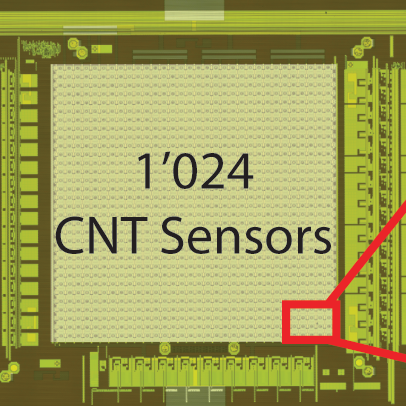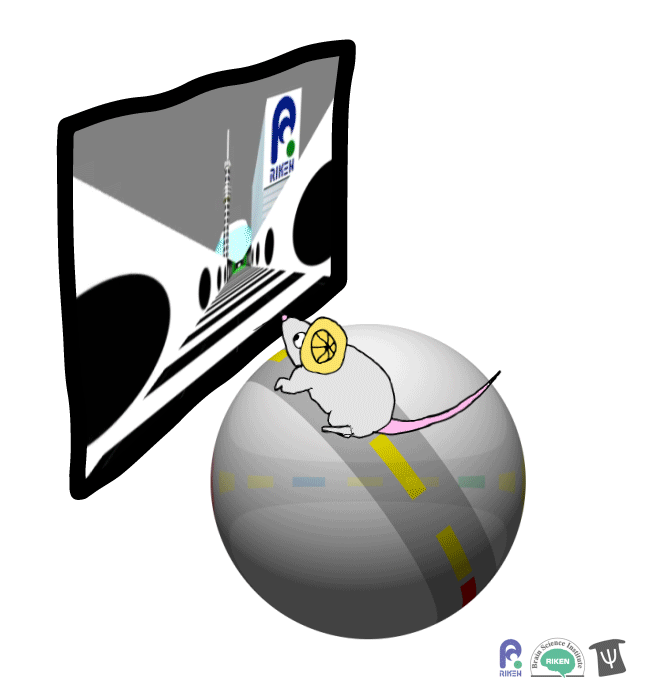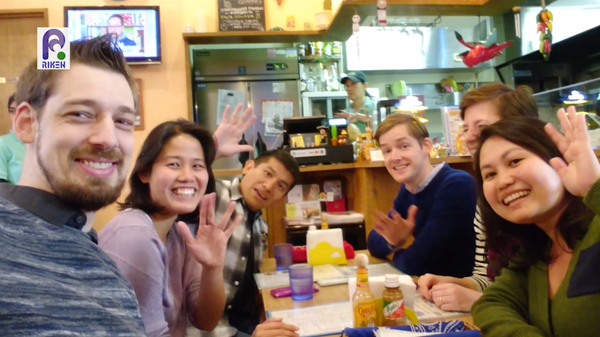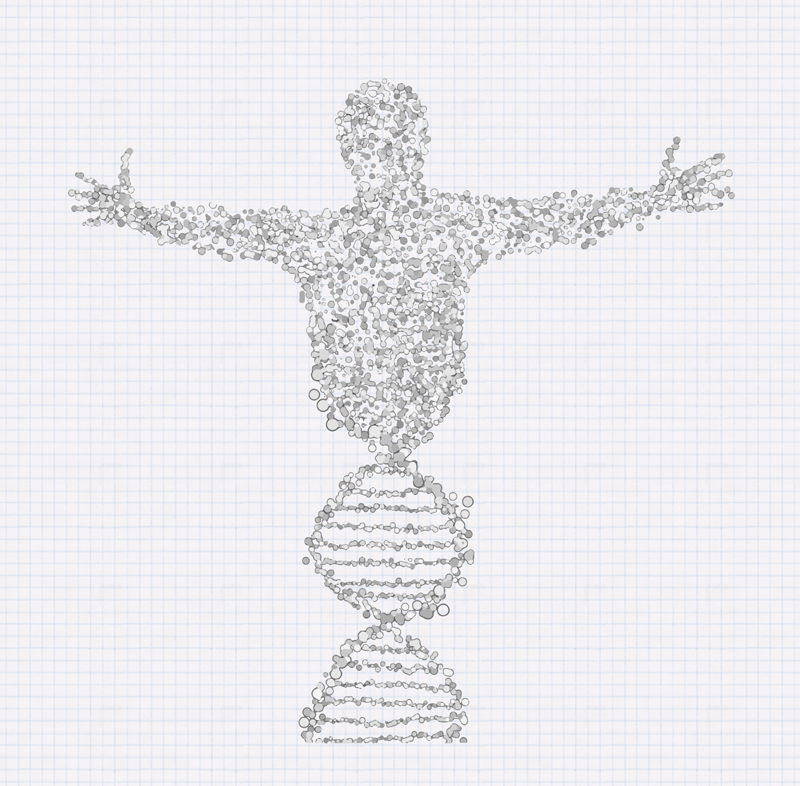Latest research animations
Self-assembly of spider silk
This gut microbe might protect against diabetes and reduce insulin resistance
NEW: One-way hydrogel guides motion of tiny worms!
Latest Posts
No Results Found
The page you requested could not be found. Try refining your search, or use the navigation above to locate the post.
No Results Found
The page you requested could not be found. Try refining your search, or use the navigation above to locate the post.
2

Meet the editors: the growing pains of scientific publishing
Amanda Alvarez writes about the recent seminars at RIKEN by Philip Campbell and Emilie Marcus, the editors-in-chief of Nature and Cell.
17

Carbon nanotubes, what are they good for?
8

Finding real rewards in a virtual world
A new study shows that mice who learn to find goals in virtual reality use their hippocampus the same was as in the real world.
25

RIKEN is looking for you
RIKEN is looking for you. Check out our new introductory videos! learn about exotic nuclei and much much more.
24

Promising mouse model for Ngly1 deficiency
A recent study of Ngly1 deficient mice used a secondary knockout to create double knockouts with symptoms similar to human NGLY1 deficiency.
12

